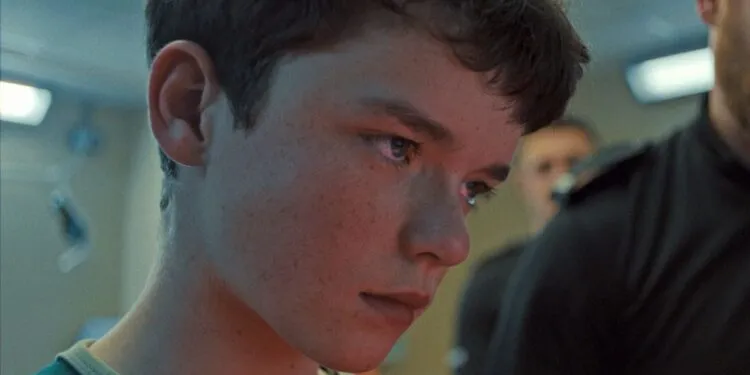Noah Carl
Dr Noah Carl is an independent researcher and writer who holds a PhD in sociology.
The left in Britain has become completely obsessed with Adolescence, a fictional TV show in which a schoolboy brutally murders his female classmate after being exposed to incel ideology online. The Prime Minister Sir Keir Starmer has said we must tackle the “emerging and growing problem” the show highlights. And the Labour MP Anneliese Midgley has gone as far as calling for it to be screened in parliament.
Meanwhile, the BBC has published literally dozens of articles about the show. In a particularly bizarre recent TV segment, Conservative leader Kemi Badenoch was interrogated by two BBC journalists because she said she hadn’t watched it. When Badenoch explained that she doesn’t watch Casualty to know what’s going on in the NHS, she was met with the following response:
Do you stand by the thing that you just said about you comparing Adolescence with Casualty, these TV programmes? Did you really mean to say that?
It’s as if she drew a comparison between herself and Adolf Hitler. What’s so unreasonable about comparing two fictional TV shows?
Like Badenoch, I haven’t watched the show – but I get the basic premise. So how useful is it for understanding violence in Britain?
Let’s begin with crime statistics. The character who is murdered in the show is a 13-year-old white girl. Is this a demographic group with a high risk of being murdered? No. ONS figures show that, in the year 2023–24, there was a single murder of a white female aged five to 15. In the year before, there were four such murders, and in the year before that there were five.
But has the risk risen over a longer timescale – the last 10 years, say? The ONS does not provide a breakdown by age, sex and ethnicity, though it does provide one by age and sex. The figures show there has been no trend in the homicide rate for females aged five to 15.
The character who commits the stabbing is a 13-year-old white boy. Is this a demographic group with a high rate of knife murder? The ONS does not provide a breakdown by age and ethnicity, but we do know that such crimes are disproportionately committed by black males, rather than white or Asian males. According to the Mayor of London’s office, black Londoners comprise 61 per cent of knife murder perpetrators, despite being only 13 per cent of the population.
What about incel ideology – are its adherents particularly violent? Not according to recent research. Although there have been murders that were motivated by incel ideology, William Costello and David Buss find that “incels are not particularly prone to violence” and their “propensity for violence appears relatively low compared to that of the general population”.
Fortunately, crimes like the one portrayed in Adolescence are extremely rare in Britain, and to the extent that murders of 13-year-olds by 13-year-olds do happen, the show misrepresents the most likely ethnicity of the perpetrator. What’s more, research suggests that individuals who subscribe to incel ideology are not particularly violent. While the show may have a compelling narrative, it doesn’t seem particularly useful for understanding violence in contemporary society.
This article was originally published by the Daily Sceptic.









